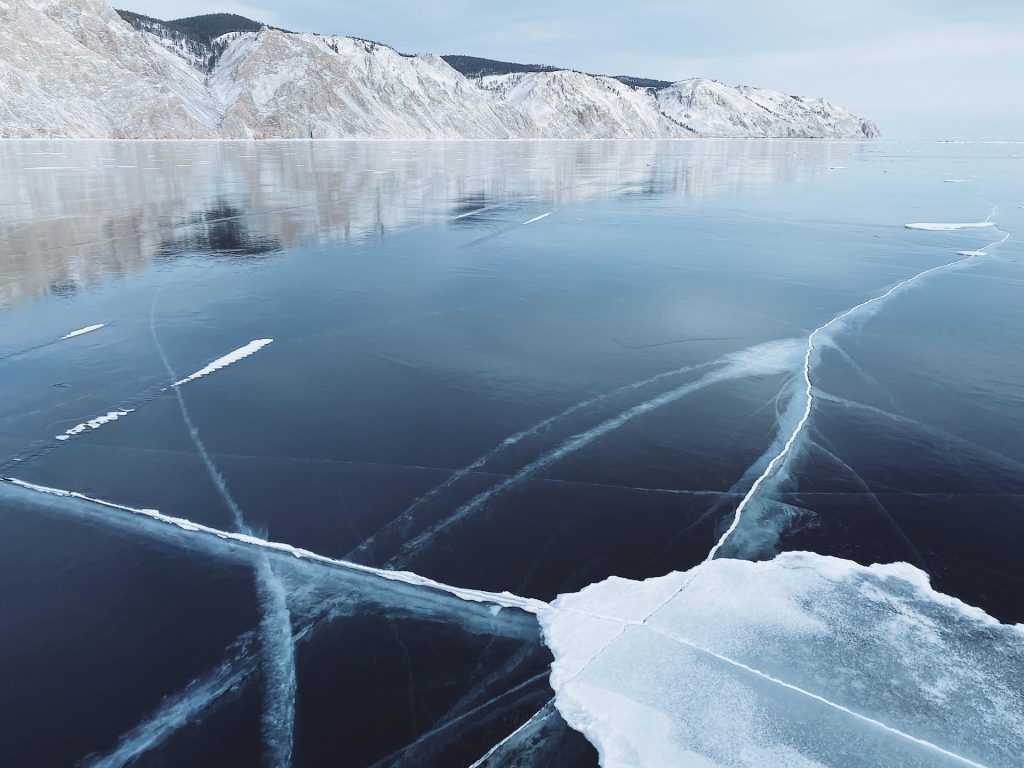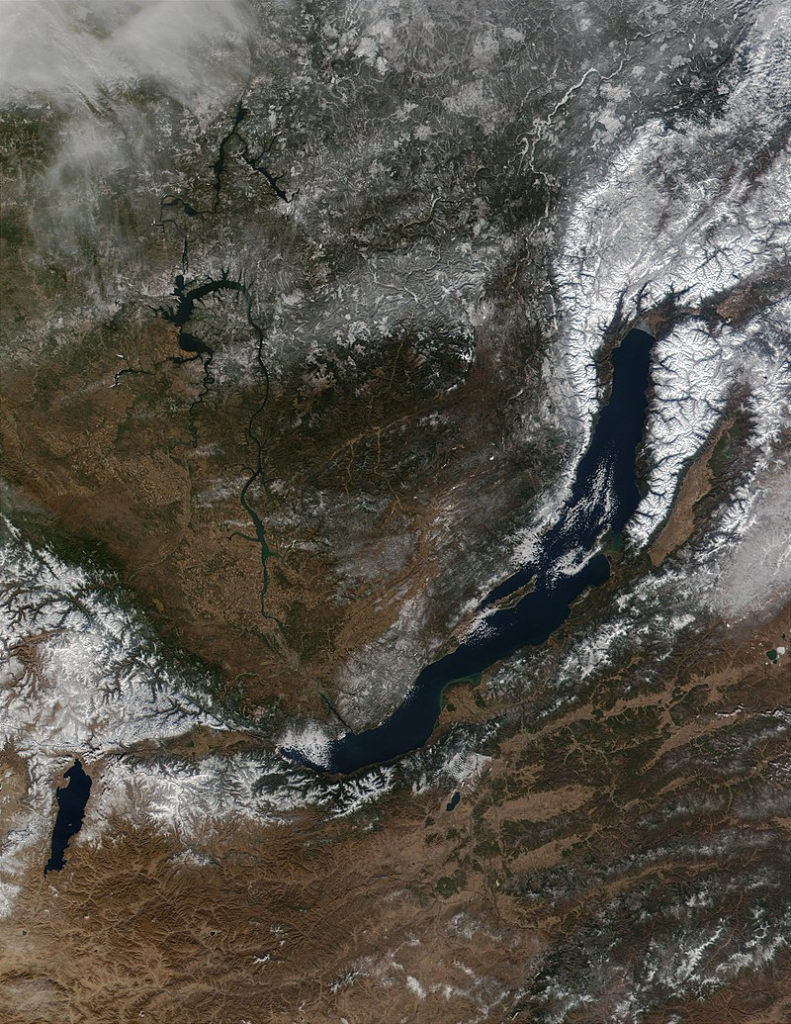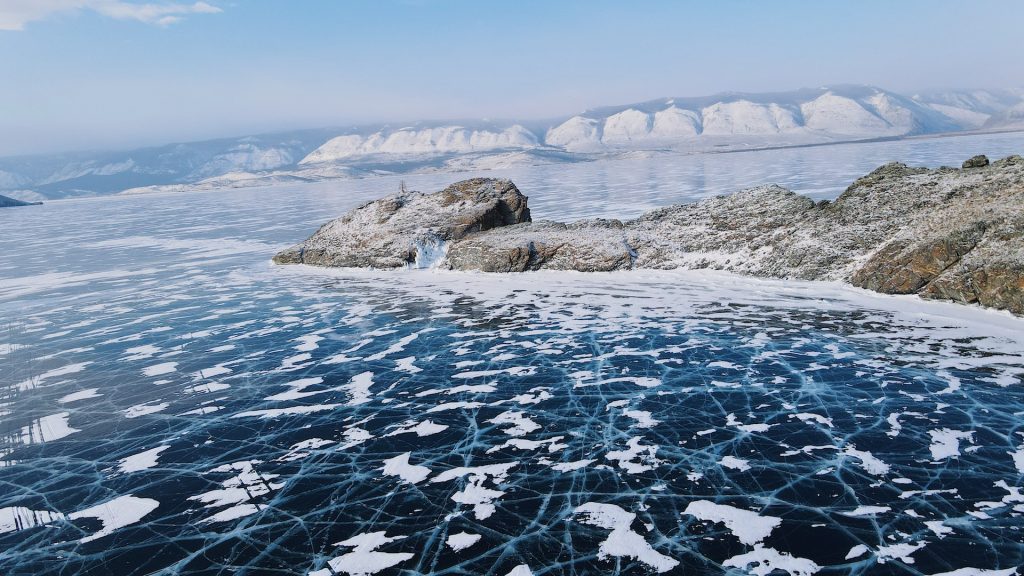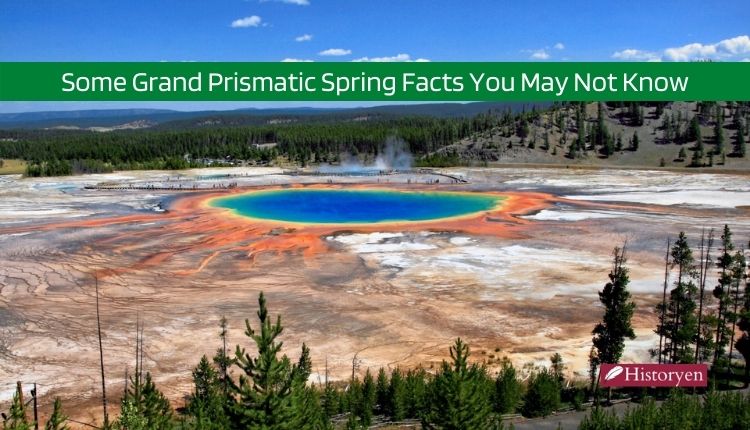Lake Baikal, located in southern Siberia, is a remarkable natural wonder that has captivated the world with its sheer size, depth, and clarity. This rift lake holds an astounding volume of freshwater, making it the largest of its kind globally. With its unique geological history and rich biodiversity, Lake Baikal has become a UNESCO World Heritage Site, attracting researchers, nature enthusiasts, and tourists alike.
The Largest and Deepest Freshwater Lake: Lake Baikal
Lake Baikal boasts awe-inspiring statistics, earning its reputation as one of the most remarkable freshwater bodies on Earth. Spanning over 600 kilometers in length and 79 kilometers in width, it covers an extensive surface area of 31,722 square kilometers. Remarkably, it holds a staggering 23,615.39 cubic kilometers of water, which is equivalent to 5,670 cubic miles! This massive volume amounts to about 22-23% of all the fresh surface water on the planet, surpassing the combined water content of the North American Great Lakes.

But the wonders of the lake don’t end there. It reaches an astonishing depth of 1,642 meters, equivalent to approximately 5,387 feet or 898 fathoms. This makes it the world’s deepest lake, descending to the deepest continental rift on Earth, where the rift floor lies some 8-11 kilometers below the surface. Geologically active, the Baikal Rift Zone widens at a rate of approximately 2 centimeters per year, indicating ongoing tectonic activity.
A Window into Ancient Times
Lake Baikal’s geological age is a mesmerizing 25-30 million years, earning it the title of the world’s oldest lake. Unlike many other large, high-latitude lakes, Baikal’s sediments have remained largely untouched by the overriding continental ice sheets, preserving an invaluable record of climatic variation over the past 6.7 million years.

To uncover its ancient secrets, Russian, U.S., and Japanese researchers have collaborated on deep-drilling core sediment studies. These studies provide crucial insights into the past climate and environmental changes, offering a glimpse into the history of our planet.
Lake Baikal’s Flora, Fauna, and Human Life
The lake is not only a geological wonder but also a haven for biodiversity. The region hosts thousands of species of plants and animals, many of which are found nowhere else on Earth. These unique and endemic species have adapted to the lake’s specific conditions over millions of years.

Beyond the remarkable natural diversity, The Lake is also home to the Buryat tribes, who have thrived in harmony with the lake’s ecosystem for generations. Raising goats, camels, cattle, sheep, and horses, these communities are an integral part of the cultural and ecological landscape surrounding Baikal.
Pristine Waters and Climate of the Lake Baikal
One of the most distinguishing features of Lake Baikal is its crystal-clear waters. During winter, water transparency in open areas can reach an astounding 30-40 meters, providing a glimpse into the mesmerizing underwater world. Even during summer, the transparency remains impressive, usually around 5-8 meters.

The water in Lake Baikal is rich in oxygen, even in its deep sections, setting it apart from stratified bodies of water like Lake Tanganyika and the Black Sea. The lake’s water temperature exhibits significant variation depending on location, depth, and time of the year. During winter and spring, the surface freezes for about 4-5 months, creating a stunning frozen landscape. As the year progresses, the water gradually warms, offering a variety of temperatures across different depths.
Conclusion
The lake is a natural marvel that continues to captivate and amaze both scientists and travelers alike. Its sheer size, depth, and clarity, coupled with its rich biodiversity and unique geological history, make it an unparalleled destination for exploration and research. As we strive to protect and conserve our planet’s natural treasures, Lake Baikal stands as a shining example of the wonders nature has to offer.
FAQs
Yes, the lake holds the title of the world’s largest freshwater lake by volume.
Lake Baikal is estimated to be around 25-30 million years old, making it the world’s oldest lake.
Lake Baikal is situated in a rift valley, created by the Baikal Rift Zone, where the Earth’s crust is slowly pulling apart.
Lake Baikal’s water is incredibly clear due to its high oxygen content and minimal human impact.



